What if simplicity isn’t about wielding a machete to prune the excess, but about constructing a lighthouse whose beam remains clear and steadfast, piercing through any fog? We frequently envision simplicity as minimalism: a stark, uncluttered space, a reduction to the fundamental elements. It’s akin to stripping a machine down to its core components. However, there exists a deeper, more enduring form of simplicity—one that embraces the vastness of context while thriving within its intricate details. In this context, simplicity refers to the capacity of an idea or system to preserve its integrity across diverse environments while its fundamental nature remains undisturbed. It isn’t about the absence of context, but rather about the inherent contextual integrity.

The Tangled Web of Contextual Drift
As systems grow, they often resemble a sprawling city built without a master plan. Layers accumulate like sediment, burying the original foundations. A fundamental concept, initially conceived with elegant simplicity, undergoes a process of iterative adaptation and modification as it’s adopted and reinterpreted by different groups.
Each iteration, while building upon the original, introduces variations in terminology, implementation, and even purpose, ultimately obscuring the core idea. The result is a complex and convoluted system, a far cry from the original streamlined design, demonstrating the challenges of preserving conceptual integrity across diverse contexts.
This drift often stems from a natural human tendency toward local ownership, a cognitive bias that whispers, “We can do it better, our way,” leading to a fragmented landscape of understanding.
An Unbreakable Compass
True simplicity possesses an inherent coherence and a robust foundation, enabling it to maintain its integrity and structure despite any transformations. Consider these examples:
Network
From social networks to infrastructure maps to dependency trees in software, the underlying structure of nodes and edges remains consistent, a fundamental language utilized across diverse domains.
Signal
Whether it’s a sensor’s pulse in a machine, a subtle change in expression, or chemical messengers within an organism, the fundamental concept of information conveyed through change remains constant, a universal rhythm.
Subject
The fundamental role of acting, observing, and adapting remains consistent across various interactions. Whether it involves a user interacting with software, an agent navigating an environment, or an individual making decisions in a complex world, these principles continue to apply.
The true measure of their simplicity lies not in their ease of use in a single, isolated environment, but in their unwavering ability to preserve their identity across all the environments they encounter. They serve as the unbreakable compass, guiding us through the complexities of the world.
When Meaning Gets Lost in Translation
When attempting to apply a general concept to a novel context, we frequently inadvertently introduce pollutants that obscure its original clarity. We encapsulate it within our specialized terminology, essentially confining a universal tool within a custom-designed container with a label that’s exclusively comprehensible to us. We incorporate specialized case logic, meticulously patching it to accommodate our specific requirements, which distorts the original structure. We reorganize it to conform to our limited perspective, akin to attempting to insert a round peg into a square hole by forcefully striking its edges.
During the process, we inadvertently introduce assumptions and concealed dependencies that distort the original concept. We create imitations of the original—familiar in their outward appearance but exhibiting subtly different behaviors. This results in the loss of the original idea. The original concept becomes indistinguishable and unrecognizable as it traverses layers and teams. We’ve compromised its simplicity, transforming a clear stream of thought into a murky pond.
Building Bridges, Not Walls
The solution lies not in imposing rigid, generic structures but rather in designing systems and concepts that prioritize contextual integrity. This entails safeguarding internal coherence while enabling the requisite adaptations at the surface level. Here are guiding principles drawn from years of navigating complex systems:
Transparent Structures
Provide a comprehensive blueprint of a building, encompassing not only the front door but also the underlying mechanics. This fosters a deeper understanding of the system and reduces the likelihood of reinventing its functionality.
Canonized Names
Maintain consistency in naming across different contexts. For instance, avoid renaming a “queue” to a “task buffer” in one department while referring to it as a “message stream” in another.
Portable Semantics
Ensure that the behavior of a “queue” remains consistent across all its applications. Similarly, a “signal” should consistently convey the same meaning across all layers of the system. The behavior serves as a guiding principle for its application.
Foundational Primitives
Use foundational concepts such as stock, flow, feedback, and signals. These concepts are the building blocks of complex systems, inherently adaptable and comprehensible across various contexts.
Not Fragility, But Transposability
A genuinely simple concept isn’t delicate; it’s robust and adaptable. It can be readily grasped and utilized in unfamiliar settings, akin to a well-crafted tool that feels intuitive even in a novel workshop. Its essence is so lucid that it communicates itself without the need for its original documentation, similar to a universally recognized symbol.
It establishes connections with other systems without altering its fundamental nature, integrating seamlessly like a perfectly fitting component in a larger puzzle. If your idea exists solely within the specific context of its origin, it lacks true simplicity; it’s provincial, constrained by its birthplace. Conversely, if it transcends domains, adapts without being fundamentally altered, and enriches every system it encounters, you’ve discovered something truly potent.
